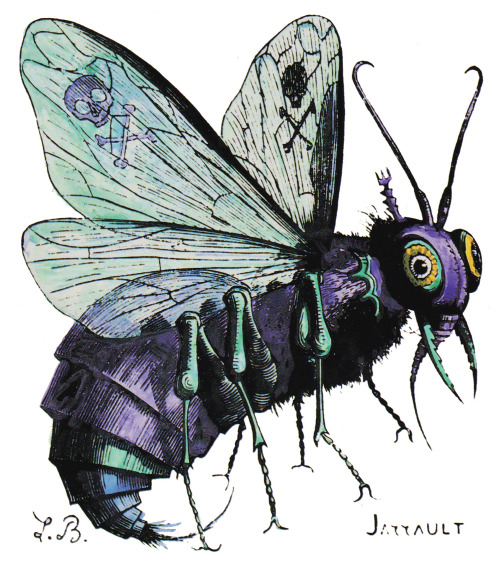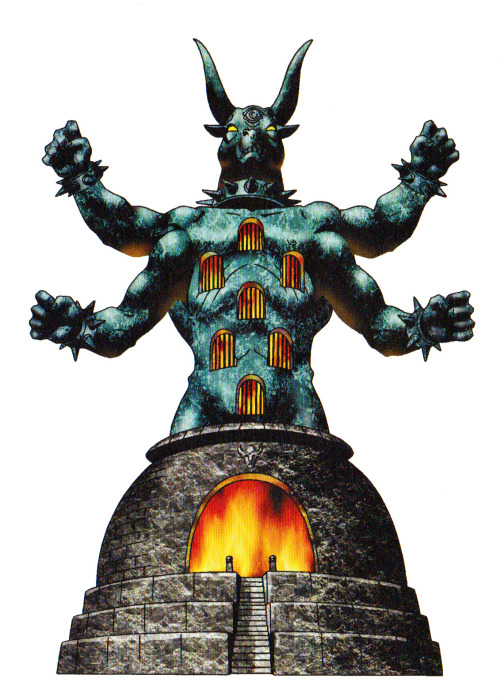#chemosh
KANEKO’S CRIB NOTES XXVIII: ARCHDEMONS APLENTY
We all love demons. We love them so much that it’s become increasingly hard to write a brand new deck for all these KCN posts without repeating myself. But that’s quite all right, we are pretty sure people are here for the pictures and not the text. So, I’m just going to write enough sentences to make a full paragraph. Now that it’s done, here’s another large photoset for everyone to enjoy:
1. BELPHEGOR:
Louis Le Breton was a dear old man
He drew Belphegor sitting on the can
Kaneko thought Louis’ version was true
But traded chamberpot for modern loo
Raidou 2 features Belph’s old potty style
A fiend of sloth, he’ll be busy a while
2. BEELZEBUB: Shin Megami Tensei’s Beelzebub is based on the version from the Dictionnaire Infernal, with the skull and crossbones motif on the wings. Everybody knows that. But did you knowthat a colorized version of the original Le Breton Beelzebub art (seen above) appears in Fred Gettings’ 1988 Dictionary of Demons(subsequently published in Japan in 1992), its purplish hues a plausible influence for those the Shin Megami Tensei II design?
3. CHEMOSH/MOLOCH: This one is a close enough match for the 18th century illustration of “The Idol Moloch”, pictured above. The six openings and three-layered pedestal are replicated faithfully, along with the general aspect, while Kaneko opts towards an appropriately “punk” spiked collar + wristband combo. Appropriate for the pagan idol par excellence, anyhow.
4. PAZUZU: Speaking of pagan idols, here we have a dead ringer for an iconic 8th century statuette, which most will likely recall from 1973 smash hit The Exorcist. The design is left mostly intact, save for the inclusion of a hoary mane and a formidable accruement of body hair, while the original MTII design offers a bit more in the way of embellishment.
Post link







